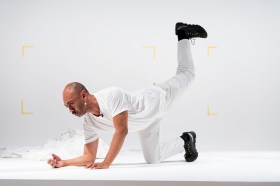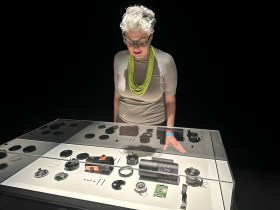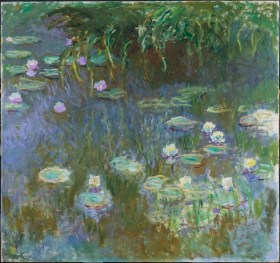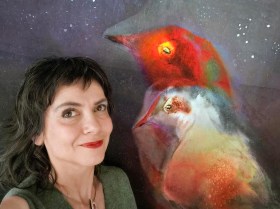Felicity (Flick) Chafer Smith and Matty Chilly are the Indigenous Arts Officers at The Torch, which offers Indigneous arts in prison and community programs across Victoria. Its focus is on the power of culture and cultural identity in the rehabilitative process of First Nations people impacted by incarceration, and Indigenous Arts Officers bring a wealth of personal and professional experience into the role.
Chilly is a proud multi-clan nations man, a descendant from the Wemba-Wemba, Neri-Neri, Yiti-Yiti, Mutti-Mutti, Wuradjuri, Yorta-Yorta, Watti-Watti, Barapa-Barapa and Gubbi Gubbi tribes. He also has ancestral ties to the Maori Iwi’s of Aotearoa New Zealand and works with The Torch’s male participants in prison as well as in community.






